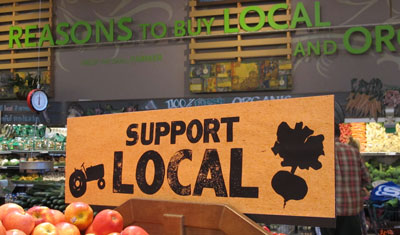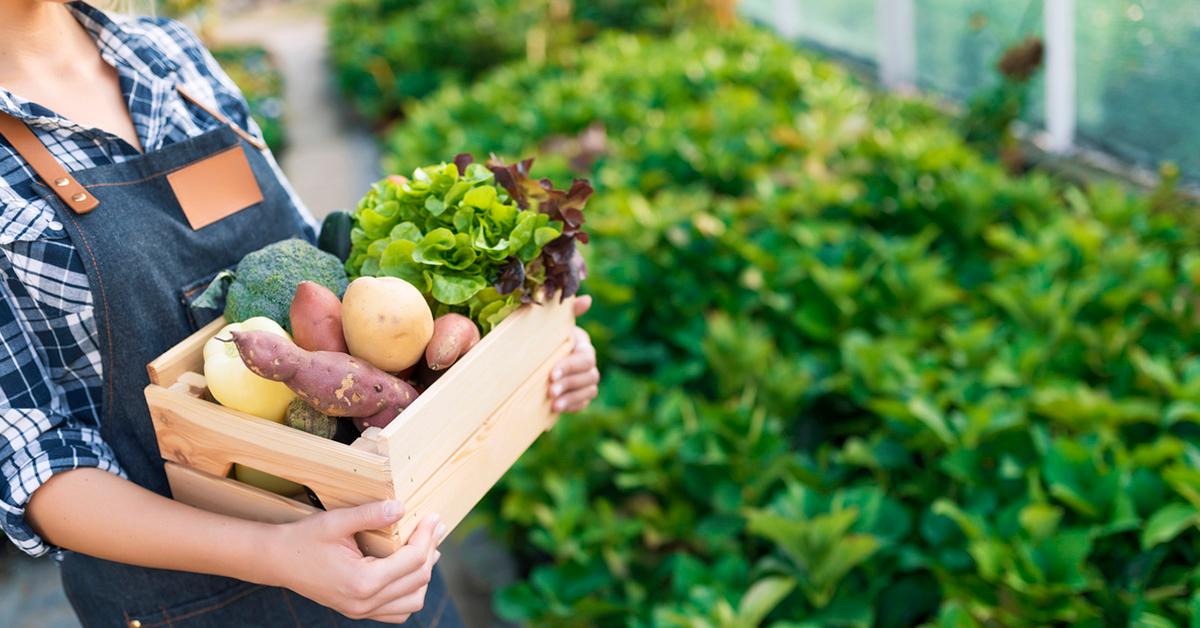
The Vancouver Economic Commission (VEC) is proud to support these pioneers – amongst many others – in growing our city, creating new jobs and adding an exciting new branch to our local economy. Vancouver has hundreds of local food champions – innovators that are leading in every local food sector, including farms, retailers, restaurants, processors, manufacturers, distributors, caterers and social enterprise organizations.

Improve access to healthy, local food, especially among disadvantaged populations. Boost economic opportunities for local farmers and main street businesses.

Supporting the local food economy is central to Vancouver’s Greenest City 2020 Action Plan (GCAP) which aims to boost assets such as urban farms, community gardens, farmers markets, and orchards - part of Vancouver’s overall plan to be the greenest city in the world by 2020. Local Foods, Local Places aims to support projects that do all of the following: Create livable, walkable, economically vibrant main streets and mixed-use neighborhoods. This advisory group helps City Council develop food policy and is one of the oldest of its kind in North America.

It also has a highly active Vancouver Food Policy Council made up of farmers, distributors, activists, and academics. Vancouver is one of the only cities in the world with an official food strategy – a plan to create a sustainable, secure food system for its citizens. Number of acres in food production for domestic consumption In that first year of operation, markets earned $40,000 over 11 weeks. In fact, today’s greatly-expanded network of markets now provides a $15 million benefit to the local economy, a significant jump over sales in 1994. Vancouver’s farmers’ markets are at the heart of the local food movement and are growing rapidly. A 2014 report published by the VEC found that, in 2013, the local food subsector employed 6,000 people - a whopping 21 percent increase from only a few short years earlier in 2010. Today, eating local food - also known as the locavore movement - is an important sector in its own right under the Green Economy umbrella, positively impacting jobs and the economy in a way that was unthinkable only 20 years ago. Growing the economy and creating green jobs Some of world’s best fruits, vegetables and seafood are found here, and in fact, Condé Nast recently named Vancouver one of the Best Food Cities in the world. When food producers sell locally, they get more money in their pockets since there are fewer steps to the sale.Eating fresh, locally produced food has always been a way of life in Vancouver, thanks to the bounty flowing from nearby lands and waters. In Western PA, regional farmers offer a wide variety of food, including vegetables, meat, dairy, fruit and grains. Local food is therefore more sustainable in a number of ways.īuying local food also adds to the economic vibrancy of the region. In addition, most of those foods are grown using heavy fertilizer and pesticide applications, both of which are made from fossil fuels and cause environmental damage and increased greenhouse gas emissions. Local food is fresher, lasts longer and tastes better than food that has traveled many miles to reach you. travels more than 1,500 miles from the farm to your plate. It is estimated that, on average, food in the U.S. Pittsburgh food distributors and organizations, including Parkhurst, Paragon Foods, Giant Eagle, Sustainable Pittsburgh, and the Pittsburgh Public School System, promote a 150-mile radius for food to be considered locally sourced. The USDA uses a 400-mile radius for its definition of local food, however some local food advocates have stricter criteria of less than 100 miles. Local food is food that was grown or produced within a certain radius of where it is consumed.

Local Food is More Sustainable What is “local” food?


 0 kommentar(er)
0 kommentar(er)
